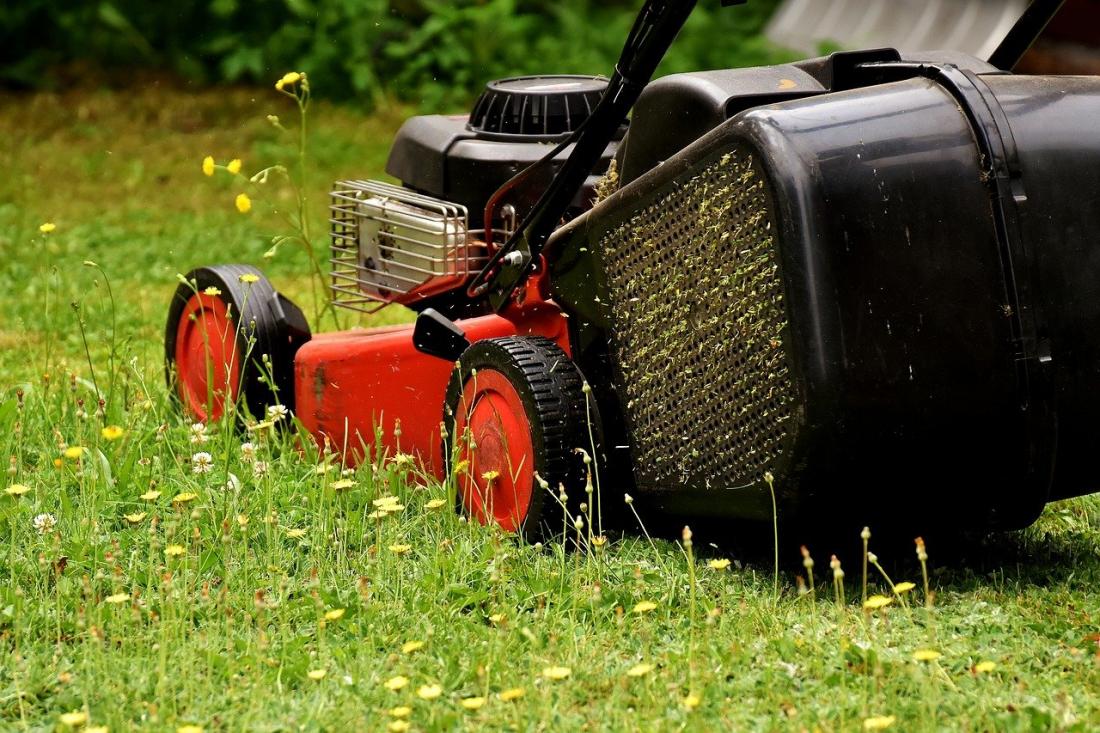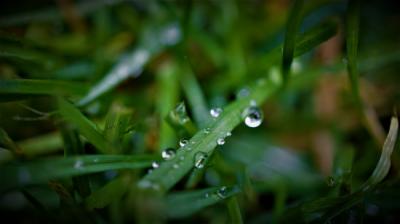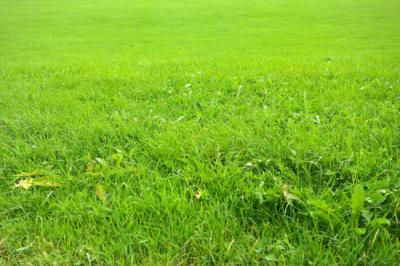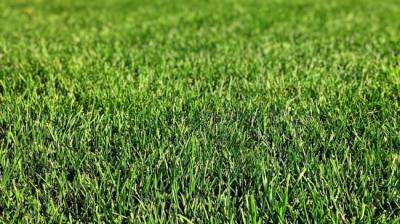Emerald Zoysia - a warm season and easy-to-maintain grass make it a popular choice for golf courses and lawns all across the USA. Homeowners usually prefer it for its beauty and low maintenance needs, which is the best thing for people who do not want to spend every weekend mowing the lawn. However, when you decide to mow this grass, there are several reasons that Atlanta Sod experts want you to bag the clippings instead of mulching them.
Keep on reading to know them.
It Controls the Spreading of Emerald Zoysia
Planting this grass is easy because it is strong, hardy, and only requires plant plugs rather than seeding the lawn. More so, zoysia will have no problem crowding out other types of grasses you might already have laid down, which is great if you want a single kind of grass all across the lawn. Yet, the issue is that it won’t just stop there. It will start to grow anywhere it reaches – and by anywhere, we mean your vegetable garden, flower buds, and the surrounding areas. Establishing a practice of bagging the clippings while mowing or creating boundaries will keep the spreading problem in check.
You Can Avoid Clumping Difficulties
While installing all kinds of zoysia grass, including Emerald or Zeon zoysia sod, you won’t find yourself mowing all the time. However, when you do, there can be difficulties with clumping. When the mower leaves behind large chunks of clamping instead of small clamps, it can cause considerable damage to the lawn. Therefore, it's important to prepare for Emerald Zoysia installation to ensure a smooth and successful process.
If these clamps are left behind for too long, they can subject the live grass below to diseases, rotting, and ultimately death. Therefore, when you bag the clamps while mowing, it lets the grass that is left thrive.
You Can Prevent Thatch Issues with Emerald Zoysia Sod
Describing in simple words, this issue is just dead grass caught up between healthy grass and the soil. When the dead grass is allowed to build along, you’ll start to feel uncomfortably spongy beneath your feet. This condition also causes problems for the grass to absorb water, air, sunlight, and fertilizer that it needs to stay in the best possible condition. Luckily, all these can be prevented if you start to bag the clippings during the mowing process.
It Creates Beautiful Landscaping
The main motivation for homeowners to install Emerald Zoysia grass is to add to the beauty of their landscape. So, if you want the grass to look fresh, then follow the footsteps of the golf courses and bag the clippings on the days you are mowing to leave behind only freshly mowed grass.
The simple effort of bagging the grass while mowing will give you an almost maintenance-free lawn without having to exert too much force. You can invite over your friends and family to spend quality time on a beautiful lawn.
For more details about Emerald Zoysia, visit our website or call at (404) 631-7610.
Moving on to the next section, here are some interesting facts about this grass type that you should look out for. To know more about them, keep on reading.
Frequently Asked Questions
Is emerald zoysia good?
Emerald zoysia is an excellent choice for lawns if you live in the southern or southeastern states of the USA. Once it is fully established, it requires less maintenance. More so, the characteristics that make it a favorite for many include:
- Shade-tolerance
- Wear-resistant
- Warm-weather resilient
- Salt-Tolerance
So, if you are thinking of getting them for your lawn, call Atlanta Sod Farms now.
Is emerald zoysia shade tolerant?
This type of zoysia grass is a great shade tolerant and can perform in full to medium sunshine intensity. Not only is it great shade tolerant, but it also has drought tolerance. It survives the drought by going dormant. Try to be very careful in these conditions, as emerald zoysia will recover slowly in comparison to other types of zoysia grass.
How long does emerald zoysia stay green?
This grass conserves most of its energy when the weather is consistently warm, which happens in the mid to late spring. Later, the grass will stay green until mid to late October in most of the southeastern states.






